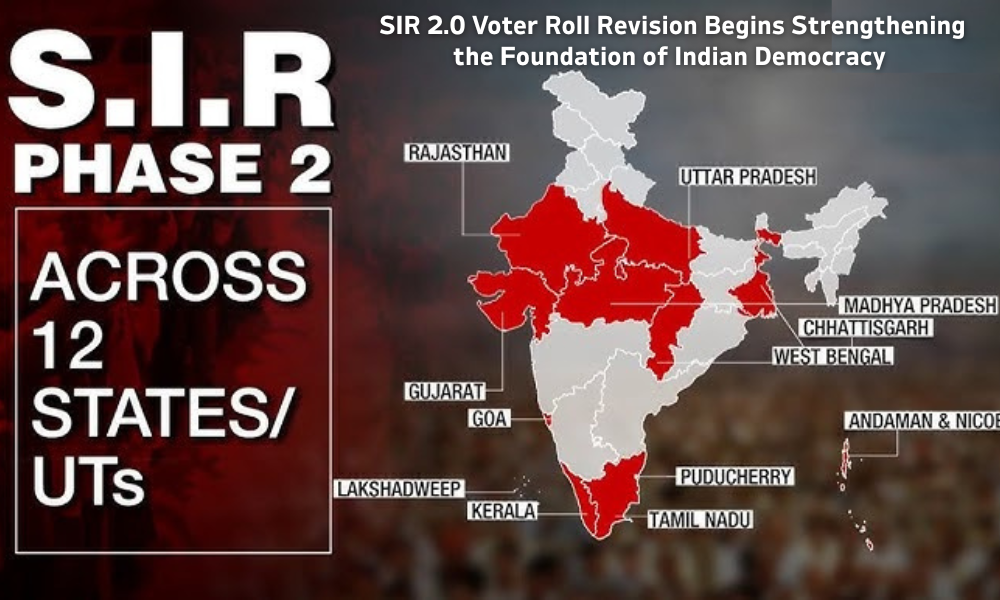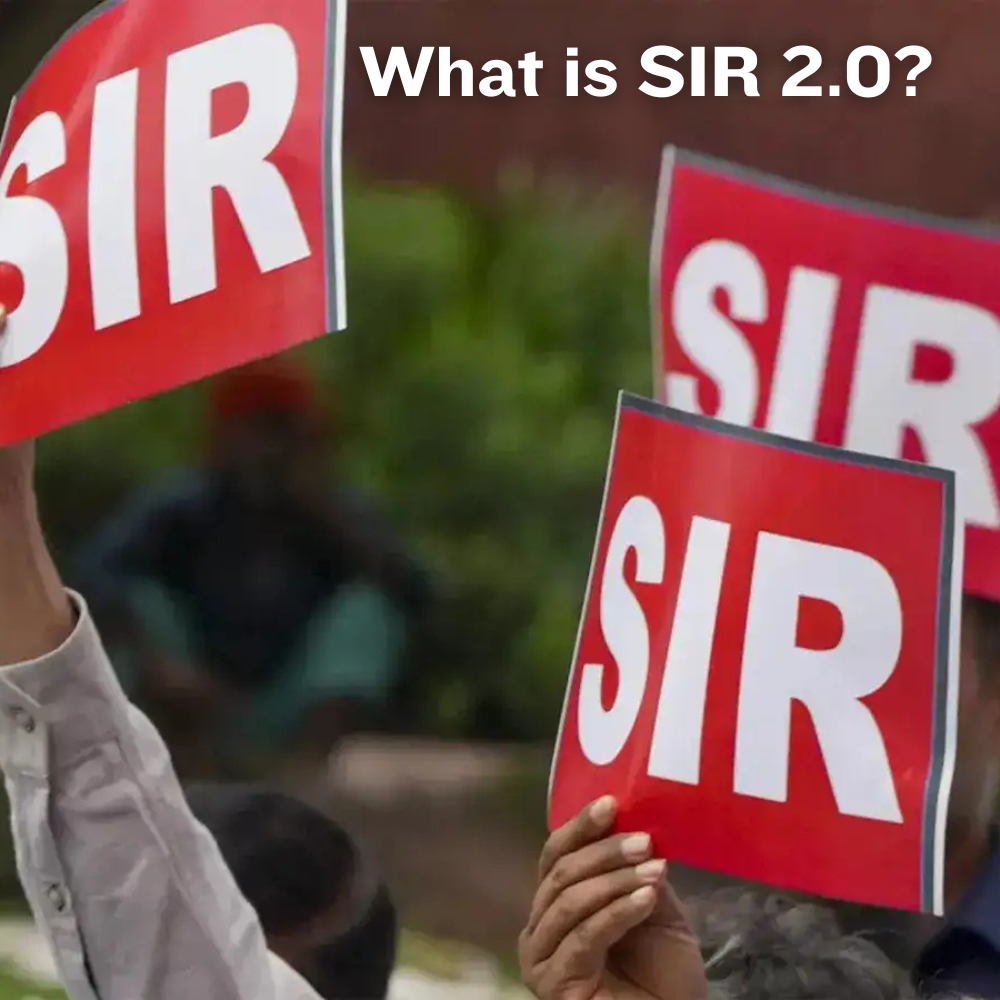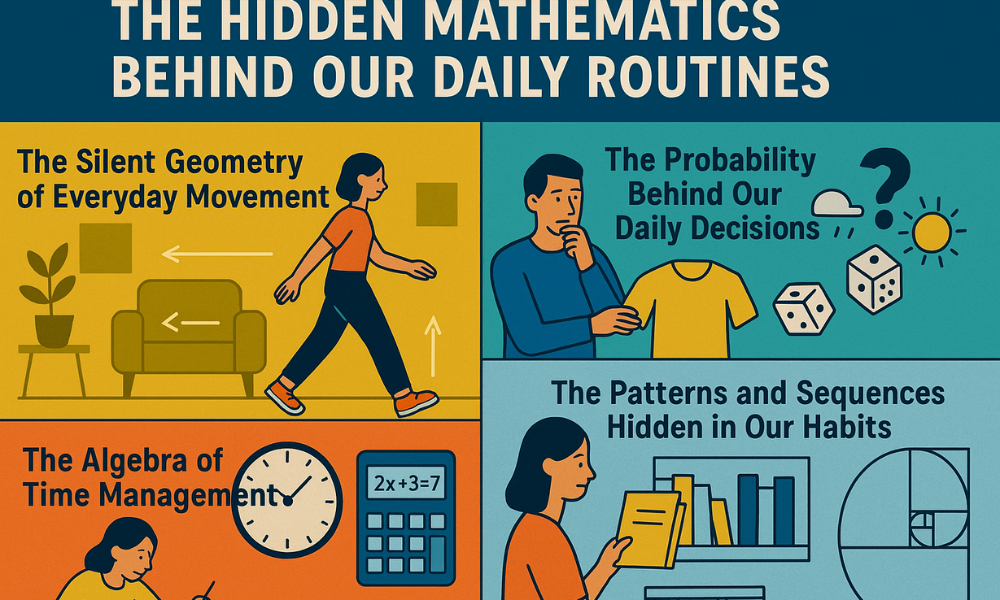SIR 2.0 Voter Roll Revision Begins Strengthening the Foundation of Indian Democracy
Introduction
The Election Commission of India (ECI) has officially begun the Special Summary Revision of Electoral Rolls 2025, also known as SIR 2.0, across 12 major countries and Union homes. This new phase of name roll modification aims to insure a clean, transparent, and inclusive electoral database, giving every eligible citizen the occasion to share in the popular process.

🔸 What Is SIR 2.0?
SIR 2.0 stands for Special ferocious modification (Phase 2) of the electoral rolls. It’s part of ECI’s nonstop trouble to modernize and purify name lists before forthcoming choices. The action includes adding new choosers, removing duplicates or departed individualities, and streamlining particular or address details of being choosers.
The program is particularly important in light of India’s growing population, civic migration, and adding mindfulness about electoral rights. It ensures that no eligible citizen is left out and no ineligible name stays on the list.
🔸 Why the Voter Roll Modification Is pivotal
India’s name roll is the bedrock of free and fair choices. Any trip whether it’s indistinguishable entries, outdated addresses, or missing names can undermine popular participation.
The ECI recognizes these challenges and hence launched SIR 2.0 with a more structured, digital-friendly, and data- driven approach.
The objects of this exercise are
- To give every eligible citizen an occasion to enrol or correct their data.
- To remove bogus or indistinguishable entries.
- To insure gender balance and youth addition in the name database.
- To make the name enrolment process more accessible through digital tools similar as the Voter Helpline App and NVSP portal.
🔸 countries Covered Under SIR 2.0
As per the Election Commission’s advertisement, the modification has begun in 12 countries and Union homes, including
- Uttar Pradesh
- West Bengal
- Bihar
- Madhya Pradesh
- Rajasthan
- Odisha
- Haryana
- Chhattisgarh
- Assam
- Jharkhand
- Delhi (UT)
- Jammu & Kashmir (UT)
While Gujarat is not part of this specific batch, the assignments and processes from SIR 2.0 will guide unborn updates in all other countries, icing a civil upgrade in name operation systems.
🔸 Timeline and Key Dates
The ECI has set a clear schedule for the SIR 2.0 drive
- Publication of Draft Electoral Roll Early November 2025
- Period for Claims & expostulations till early December 2025
- Verification and Correction PeriodMid-December 2025
- Final Publication of Electoral Roll January 2026
This timeline ensures that revised and vindicated name lists will be ready ahead of crucial choices in 2026 and further.

🔸 Use of Technology in SIR 2.0
SIR 2.0 marks a significant digital metamorphosis in how name lists are managed in India. Citizens can now
- Register as new choosers online via the Voter Helpline App or NVSP gate
- Update address, name, print, or date of birth through Aadhaar- grounded authentication.
- Track operation status and download their digital name ID(e-EPIC) incontinently.
Election officers are using advanced data tools to descry and remove duplicates, corroborate migration records, andcross-check with other government databases making the system more dependable and tamper- evidence.
🔸 Special Focus Areas of SIR 2.0
- Youth Enrolment (18 – 19 age group) – One of the biggest pretensions is to add youthful citizens turning 18 to the name list. The ECI has partnered with seminaries, sodalities, and youth associations to raise mindfulness about first- time voting.
- Women Voter Addition – Special outreach programs are being run in pastoral andsemi-urban regions to insure women’s participation and correct gender imbalance in name rolls.
- Voter Awareness juggernauts – The ECI’s SVEEP (Methodical Choosers’ Education and Electoral Participation) program is laboriously promoting name enrolment through social media, original events, and community drives.
- Availability for elderly Citizens & PwDs – SIR 2.0 also includes home- visit enrolment services for elderly citizens and physically challenged choosers, icing inclusivity.
🔸 Challenges Before the Election Commission
While SIR 2.0 is a robust action, the ECI faces a many challenges
- Migration and Urbanization Constant movement of people from one megacity to another leads to outdated records.
- Duplicate Choosers Despite digital tools, indistinguishable entries still pose an issue.
- Lack of mindfulness numerous citizens, especially in pastoral areas, are ignorant of how to register or modernize their information.
- Data Synchronization Matching details across Aadhaar, visage, and name databases remains a complex process.
To address these issues, ECI officers are conducting training sessions for Booth Level Officers (BLOs) and planting data verification brigades for on- ground checks.
🔸 How Citizens Can share
Every citizen can take part in the modification process by
- Visiting the sanctioned ECI website or NVSP gate
- Using the Voter Helpline mobile app for enrolment, correction, or omission.
- reaching their original BLO for in- person verification or to fill Form 6 (new enrolment), Form 7 (omission), or Form 8(correction).
The ECI encourages all citizens to check their details and make sure they appear rightly in the draft name list formerly published.
🔸 Broader Significance of SIR 2.0
Beyond just an executive update, SIR 2.0 represents the spirit of participatory republic. A clean name roll ensures that
- Every licit vote counts.
- choices are conducted fairly and efficiently.
- Public trust in the popular process remains strong.
Accurate name data also helps government bodies plan weal schemes and outreach programs more effectively.
Conclusion
The SIR 2.0 name roll modification is further than just a regulatory exercise it is a reaffirmation of India’s popular values. By embracing technology, inclusivity, and translucency, the Election Commission is setting new norms in electoral operation.
Every citizen’s participation whether through checking their name, registering new choosers, or encouraging others strengthens the collaborative voice of the nation.
As India prepares for its unborn choices, SIR 2.0 stands as a memorial that republic thrives when every vote, and every name, counts.
About the Author
Hemangi provides professional content solutions for businesses seeking clarity and impact.













